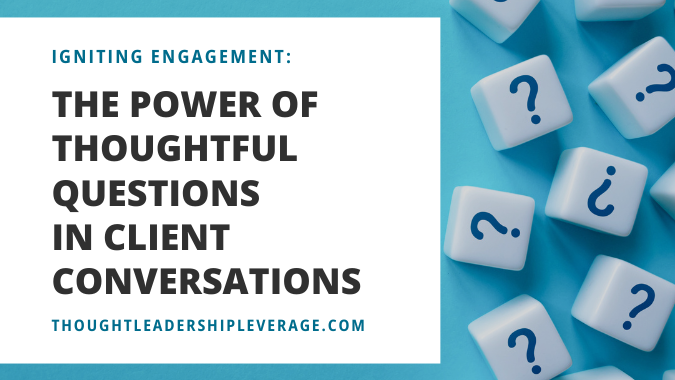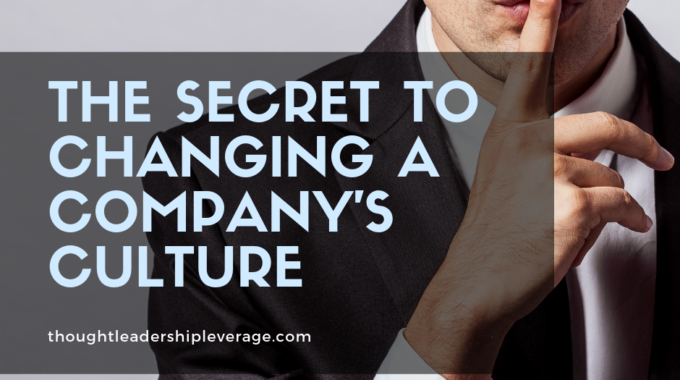In the world of thought leadership, we're the ones stirring the pot, sparking discussions, and…
Can Thought Leaders Run the Marathon of Enterprise Sales?

Many authors, thought leaders, and speakers are very good at running their businesses transactionally. They’re great sprinters. It’s not that being transactional is a good or bad thing; it’s the nature of the business they are doing. For example, as a speaker every speech is a transaction. The client has a date set, they either have the budget or they don’t, and they either book you or they don’t. These engagements typically can be consummated relatively easily. Once you’ve been hired to speak, you do a bit of prep, show up, and deliver the goods. Done deal.
Workshops and short term consulting work pretty much the same way. The client likes what you have to offer, they find the budget, they bring you in. Pretty straightforward, but a sprint nonetheless. A short burst of energy and effort are exerted and when the project is complete everyone goes their separate ways.
When it comes to large scale enterprise sales you need to be a marathon runner. It’s a very different set of skills and, in fact, if you apply your sprinting skills to this effort you may inadvertently kill a deal and damage your reputation in the process.
Let’s break down the differences into 4 categories:
- Time
- Number of “Buyers”
- Complexity of Contracting
- Things Happen
While I don’t have a magical solution to guarantee you’ll win every deal or enjoy the process, I think it’s important that you understand why selling into a large organization is different and that you modify your strategy and your tactics so that you can win this very lucrative type of work, and win it often.
This Post Has One Comment
Comments are closed.









Hi Peter,
I like your advice to embrace the length of time it takes to cultivate enterprise sales.
Thinking about your observation around short attention spans for some thought leaders and contrasting with the lessons of good social business, the long lead time is good for both parties.
Quick sales are like blind dates: inauspicious for long term relationships.
On the inside, the long lead times can be excrutiating, maddening and soul destroying. There always seems to be someone with yet another box to tick.
Whatever the case, good advice. If you’re going to take on enterprise clients, make sure you have some smaller clients to keep your cashflow alive.
Thanks again for the great content,
R